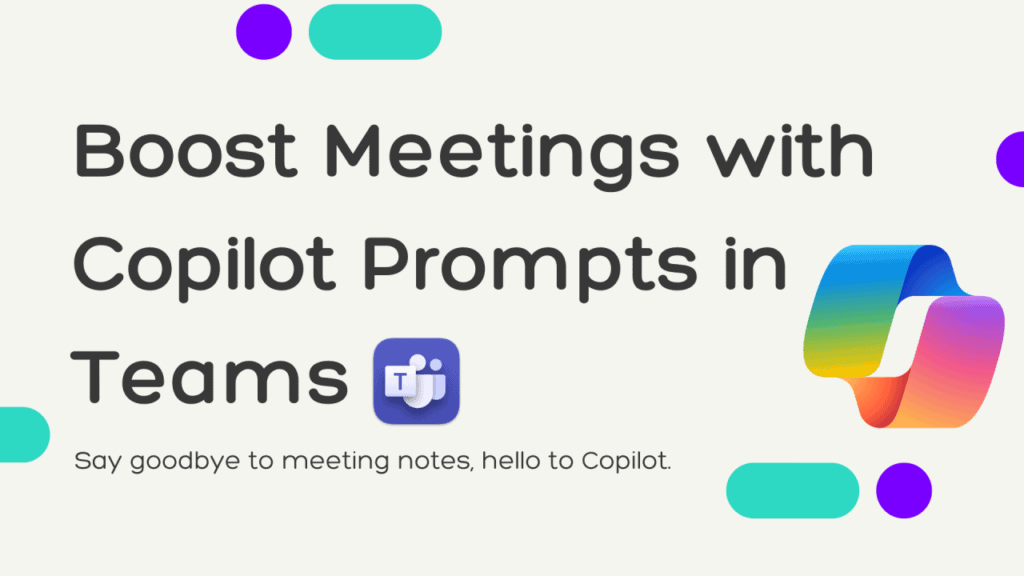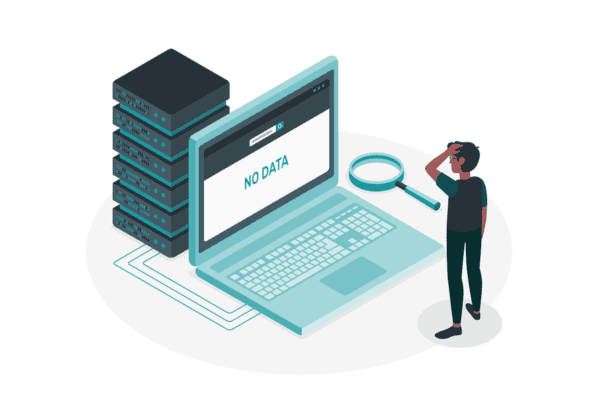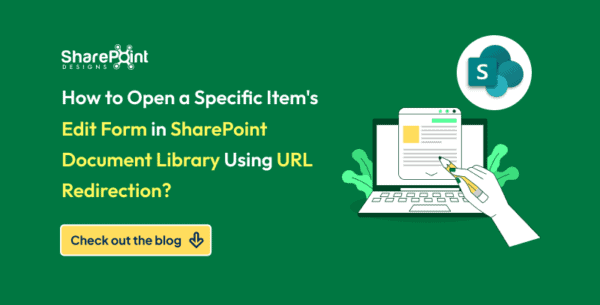
Want to make your Teams meetings more productive and engaging? With the right use of Copilot Prompts, you’ll gain valuable insights, capture key decisions, extract action items, and generate follow-up questions, ensuring every meeting is impactful. Try Copilot Prompts today and see the difference!
Meeting Summary with Actionable Insights
Explanation: This prompt helps you summarize the meeting with key actionable insights. It ensures that all important aspects of the meeting are captured, including participants, agenda, decisions, challenges, risks, and next steps. This comprehensive summary aids in keeping everyone on the same page and facilitates effective follow-up.
Prompt:
Summarize the meeting with [Client/Team Name] and highlight key actionable insights. Include the following sections: - Participants - Agenda Summary: What were the primary topics discussed? - Key Decisions Made - Challenges Encountered and Solutions Proposed - Risks Identified and Mitigation Plans - Next Steps: Define tasks with clear timelines and responsible persons - Follow-Up Items: What needs to be revisited in the next meeting?
Outcome-Oriented Summary
Explanation: This prompt focuses on summarizing the meeting results with an emphasis on outcomes. It ensures that all critical aspects such as attendees, goals, outcomes, issues, and action items are documented. This summary helps in evaluating the effectiveness of the meeting and planning for future sessions.
Prompt:
Summarize the meeting results with [Client/Team Name] and focus on outcomes. Make sure to cover the following: - Attendees - Meeting Goals: Was the purpose achieved? - Major Outcomes: What did we accomplish today? - Critical Issues Discussed - Mitigation Plans for Risks - Action Items: A list of specific tasks and their deadlines - Next Meeting Objectives: What will the focus be for the next session?
Tips for Productive Teams Meetings
Explanation: This prompt provides tips to ensure your Teams meetings are productive. It focuses on summarizing main topics, extracting action items, generating follow-up questions, identifying key decisions, and organizing timelines and milestones. These tips help in maintaining clarity and ensuring that all important aspects are covered.
- Summarize the meeting transcript by highlighting the main topics, decisions, and key outcomes. - Extract all action items mentioned in the meeting transcript, including responsible parties and deadlines. - Generate a list of follow-up questions based on the meeting transcript to clarify any ambiguous points. - Identify the key decisions made during the meeting and explain their potential impact on the project. - Extract and organize any timelines or milestones discussed in the meeting, specifying dates and critical deadlines.
Timeline & Milestone Extraction
Explanation: This prompt focuses on scheduling and planning by outlining key time-related elements discussed in the meeting. It helps in organizing timelines and milestones, specifying dates and critical deadlines, ensuring that all time-sensitive tasks are clearly defined and tracked.
Prompt:
"Extract and organize any timelines or milestones discussed in the meeting, specifying dates and critical deadlines"
SWOT Analysis from Discussion
Explanation: This prompt provides a strategic evaluation of the discussed topics to guide decision-making. By performing a SWOT analysis (Strengths, Weaknesses, Opportunities, Threats) based on the meeting transcript, you can gain a comprehensive understanding of the project’s current state and future potential.
"Based on the meeting transcript, perform a SWOT analysis (Strengths, Weaknesses, Opportunities, Threats) related to the project or subject matter."

Customer Feedback & Insights
Explanation: This prompt concentrates on capturing valuable customer insights to drive continuous improvement. By extracting any customer feedback or suggestions mentioned in the meeting transcript, you can summarize key points for improvement and ensure that customer needs are addressed.
Prompt:
"Extract any customer feedback or suggestions mentioned in the meeting transcript and summarize the key points for improvement"
5 Whys Analysis
Explanation: The 5 Whys technique is used to identify the root cause of a problem by asking “Why?” five times. Each answer leads to a deeper level of understanding. This method helps in problem-solving by getting to the underlying cause rather than just addressing symptoms.
Prompt:
"Based on the meeting transcript, perform a 5 Whys analysis to identify the root cause of the problem discussed in the meeting."
Risk vs. Reward Matrix
- Explanation: This matrix helps evaluate the risks and rewards of different options or decisions. It visually represents the trade-off between high risk and high reward or low risk and low reward, helping to make informed decisions based on the potential outcomes.
Prompt:
"Using the meeting transcript, create a Risk vs. Reward matrix for the options discussed, highlighting the potential risks and rewards of each."
MoSCoW Method (Must have, Should have, Could have, Won’t have)
- Explanation: The MoSCoW method is used to prioritize tasks or requirements by categorizing them into four categories:
- Must have: Critical requirements that are essential.
- Should have: Important but not critical.
- Could have: Desirable but not necessary.
- Won’t have: Requirements that will not be included.
Prompt:
Based on the meeting transcript, prioritize the requirements discussed using the MoSCoW method (Must have, Should have, Could have, Won't have)."
Kepner-Tregoe Decision Analysis
- Explanation: The Kepner-Tregoe decision-making process helps evaluate alternatives based on a clear set of objectives, limitations, and risks. It helps make more systematic and objective decisions.
Prompt:
"Using the meeting transcript, apply the Kepner-Tregoe Decision Analysis method to evaluate the alternatives discussed and make a decision based on objectives, limitations, and risks."
Summarize the meeting held today with [Client/Team Name]”
- Explanation: designed to create an organized summary of a meeting. The summary includes key discussion points, meeting participants, the purpose of the meeting, risk factors, and next steps. The structure helps analyze the meeting efficiently and organizes information in a clear and actionable way
Prompt:
"Summarize the meeting with [Client/Team Name], including Participants, Meeting Purpose, Key Points, Risks, and Next Steps (Task | Responsible | Due Date)."
I hope this helps! Follow for more tips and insights!
About the Author

Senior Cloud | UC Consultant @ Abra
Ohayon, E (2025). Boost Meetings with Copilot Prompts in Teams. Available at: Boost Meetings with Copilot Prompts in Teams | LinkedIn [Accessed: 27th March 2025].










